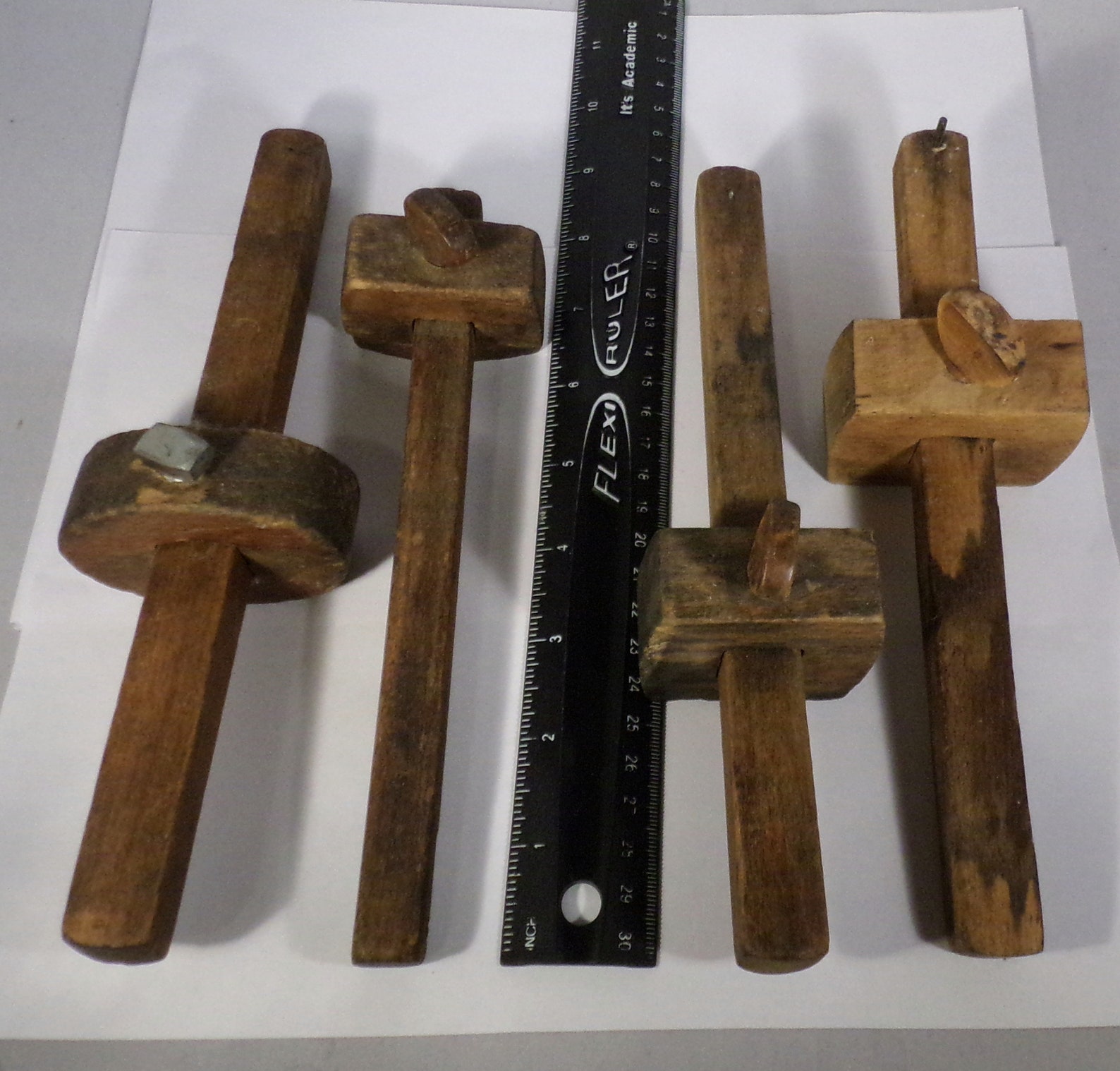

Store it separately and protect the tip so that it does not impact any other surface. When it comes to caring for & maintaining your scriber, the first tip is to keep the engineer’s scriber away from your other tools. This will provide a sharp tip for your engineer’s scriber. Once you have run the scriber several times on the coarse side, repeat on the fine side of the whetstone. The result will be that the scriber becomes more likely to break. If you do, the sharpening lines found on the tip will run in the wrong direction. This may seem counterintuitive at first, but that is the way the stone is created. One tip is to keep the scriber tip parallel to the length of the stone and not the width. To prevent creating a groove in the stone, move the scriber to a new part of the surface. You will need to rub the tip of the scriber across the surface of the stone.Īs you move it, twist the scriber as you hold it between your forefinger and thumb.

This means that before the line is created, accuracy is a must in terms of getting precise measurements. However, the biggest disadvantage is that once the engineer’s scriber is used, the line it creates can be difficult to remove.īecause the line is scratched into the material, it will require grinding or polishing to remove. Plus, marking ink can be added to make the line created more visible to the naked eye. This means that the workpiece can be marked in one place and transported to another without worrying about whether the mark will stay in place.Īnother advantage is that the scriber makes a thinner line compared to most other marking tools. The main advantage of the engineer’s scriber is that the mark it makes cannot be smudged, smeared, or rubbed off compared to a pencil, pen, or marker. The engineer’s scriber is used to mark many types of materials, but it is most commonly used to mark metal as it has advantages over other tools and devices that can also create marks. The Benefit of Using Engineer’s Scribers Over Other Similar Tools Once you have finished and are ready to move on to other pieces, you can clean away the marking ink using methylated spirits or a solvent cleaner designed for use with an engineer’s marking ink. You can use the ruler and square to accurately mark the position of the line. You will need to make a thin, smooth line for the best results. When you are ready, move the engineer’s scribe in the same direction as the angle. You may also use a template and clamps if you are marking curved lines. Angle the scriber at 45 degrees and place it against the edge of the engineer’s square, template, or a simple ruler.

Hold the engineer’s scriber as you would a pen. Let it dry for a few minutes and the material is now ready for marking. The first step is to clean the surface with the soft bristle brush, then use the small brush and apply the engineer’s marking ink. You’ll also need Engineer’s marking ink, sometimes called engineer’s blue to show the contrast between the mark and the material.
#SCRIBE IN WOODWORKING HOW TO#
How to Use an Engineer’s Scriber Correctly? However, the downside is that once a diamond-tipped engineer’s scriber goes dull, it cannot be sharpened and instead must be replaced. Because of their hardness, they can stay sharp for a long time.

Since diamonds are the hardest known substance, the tip can make its mark on materials that are harder than steel, such as tungsten carbide. The tip itself has a small, industrial diamond to provide extra hardness.


 0 kommentar(er)
0 kommentar(er)
